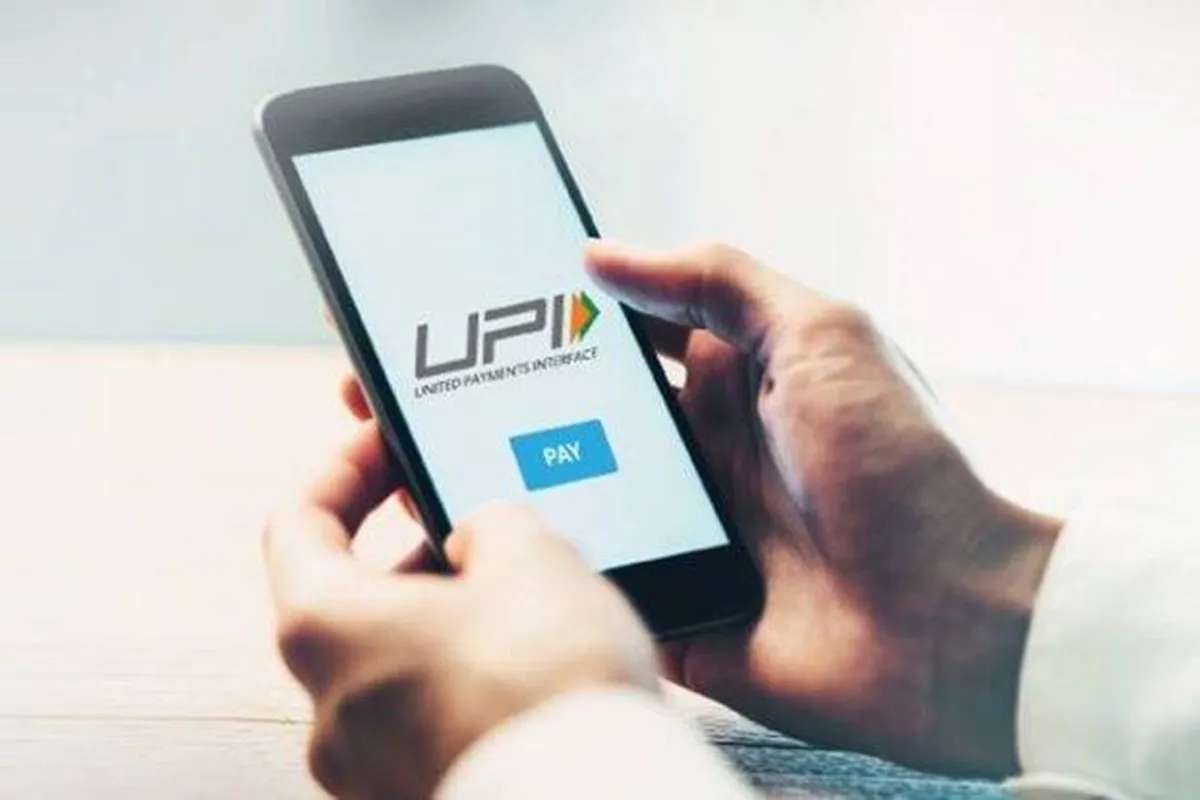The RBI launched UPI for non-smartphone users on Tuesday, a move expected to further democratise the retail payments system in the country, and deepen the digital payments network especially in rural areas. RBI’s new service, called UPI 123Pay, would allow feature phone users to make instant digital payments. RBI Deputy Governor T Rabi Sankar said he is certain UPI for feature phones will be a gamechanger and put India’s fast growing payment system on the global map.
“I don’t see a day when we are far away from reaching a transaction volume of (Rs) 100 lakh crore from UPI,” RBI Governor Shaktikanta Das said at the event. “And with the launch of UPI 123 Pay it makes the facilities under UPI now accessible to that section of society which was so far excluded from the digital payments landscape. In that way it is promoting financial inclusion in society,” he said. This will enable users who are in lower rungs of society, in economic terms, or who cannot afford a smartphone to access UPI, he added.
RBI Deputy Governor T Rabi Sankar said despite the expansion of digital payments, a large part of digitisation is getting limited to people who own smartphones. “There are roughly about 40 crore feature phone users – for them choices are substantially limited. For the next stage of development, it is important, we will have to make UPI available offline and on feature phones,” he added.
UPI for feature phones was initially announced by the RBI in December at the monetary policy meeting. Today marks the formal launch. Along with the launch of UPI for feature phones, which will be available in all Indian languages, the central bank also launched a 24*7 helpline for digital payments – DigiSaathi. Digital payments through UPI have grown more than five times since its launch in 2016. 453 crore transactions amounting to Rs 8.26 lakh crore were done in February alone this year, twice the number of transactions made the previous year.
How will users be able to make payments using feature phones?
RBI said it will offer four alternatives to users to make payments by offering them a menu of options and will add to these features going forward. Through NPCI, users of feature phones will be able to make payments in four ways:
i) First is through an IVR system, or voice based system, where users can call the number provided by NPCI, initiate a secured call, and make a transaction.
ii) Two, is through an app-based channel, where an app functionality will be offered in a feature phone. All transactions available on a UPI app on smartphones will be offered except for the feature to scan and pay. RBI is working on making a scan and pay feature available soon.
iii) Third, is a proximity sound based payment. Transactions will be made using technology based on sound waves to enable contact, enable networking and thus make contactless payments.
iv) Fourth, a missed call based system, where users can send a missed call and will get back a call. Users can authenticate the payment by inputting a UPI pin and thus carrying out the payments.
Digital payments through feature phones existed in the country earlier but it never picked up since it was USSD based. Unstructured Supplementary Service Data based services means that the users could use mobile banking without a smartphone or without internet connection through the *99# code. But the process is cumbersome, it is chargeable and not every telecom operator provides the facility.




















